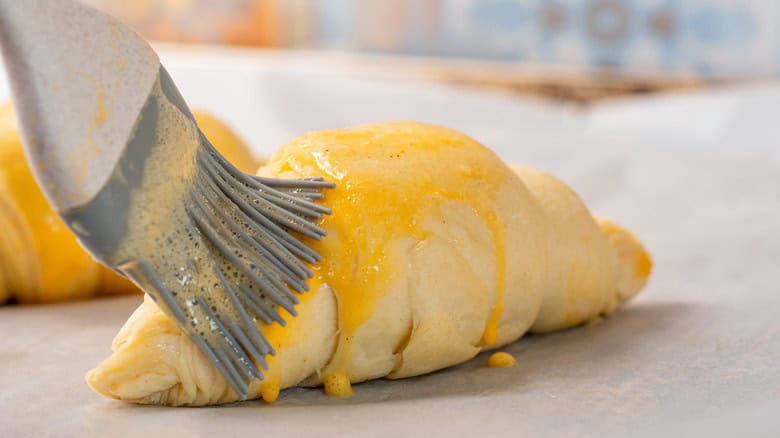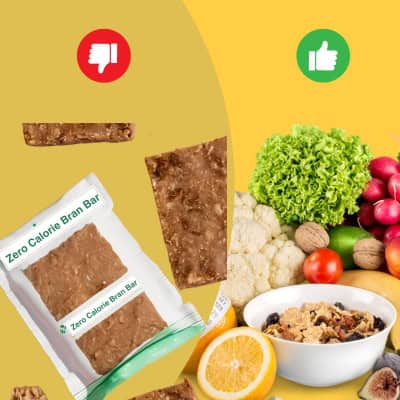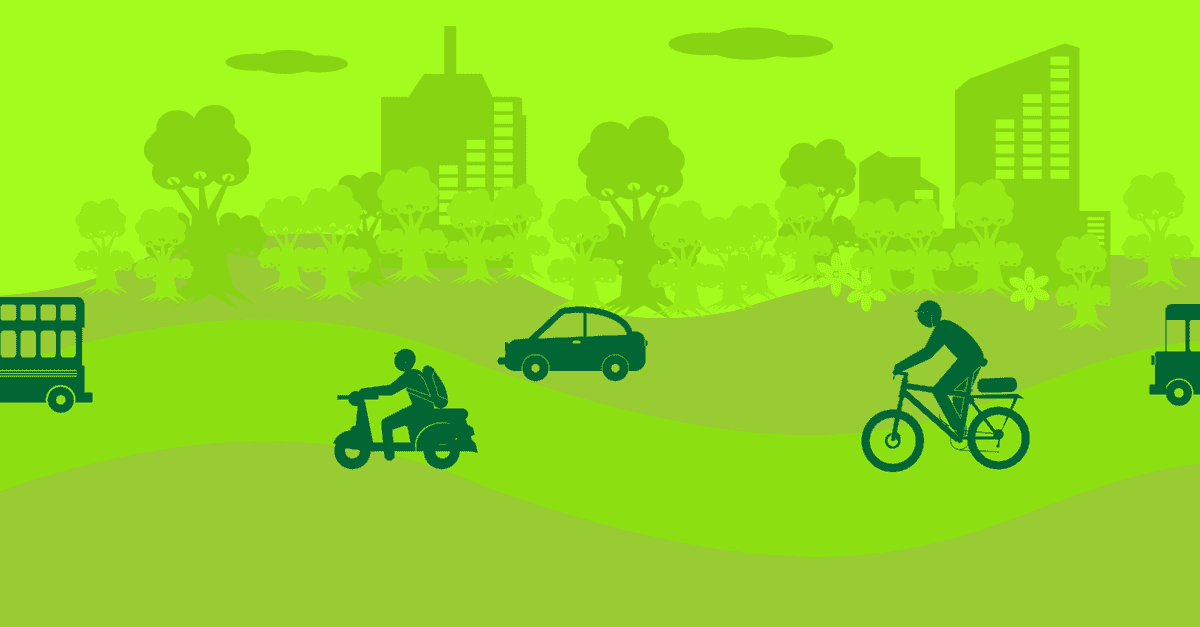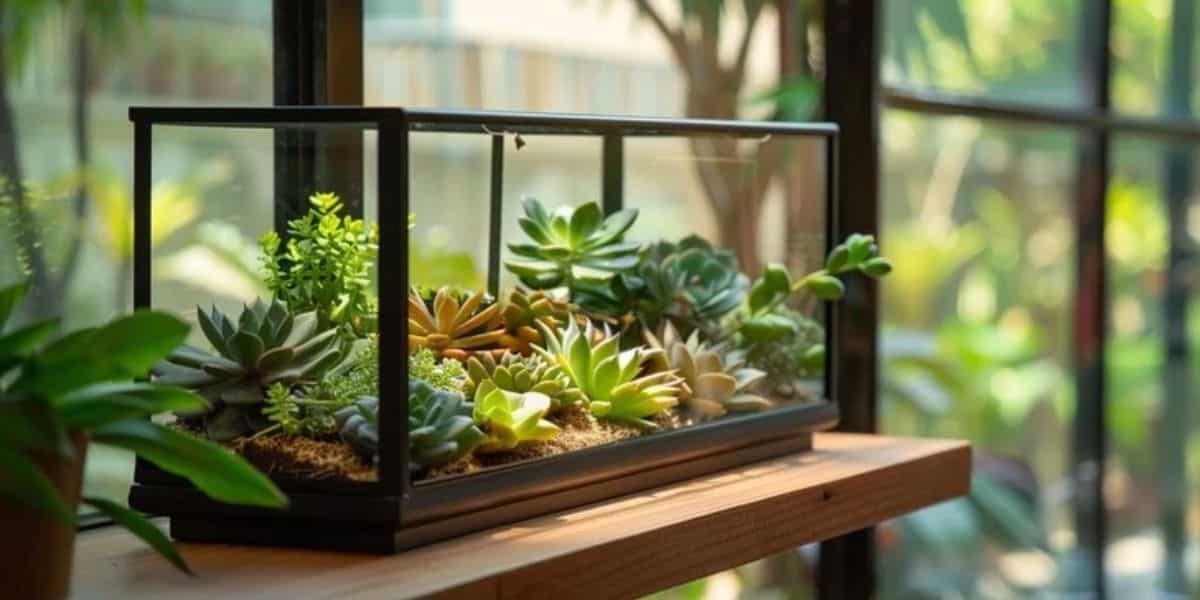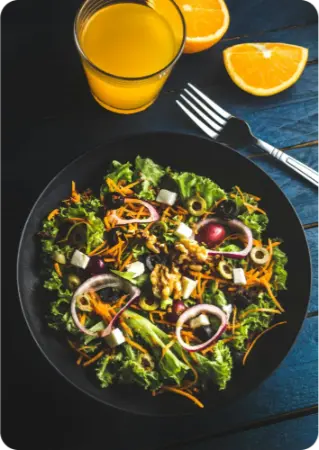In the world of cooking and baking, the secret to a perfectly golden and glossy finish often lies in a simple yet crucial ingredient: the egg wash. The importance of egg wash in culinary practices cannot be overstated. It’s the golden touch that transforms good pastries into great ones, giving them a shiny, appealing finish. This guide takes an eco-friendly angle, offering a comprehensive look at how to incorporate sustainable practices into your cooking routine.
What is an egg wash?
An egg wash is a culinary technique that involves brushing a mixture of beaten egg and a liquid—typically water, milk, or cream—onto the surface of pastries, breads, and other baked goods before cooking. This process not only contributes to a visually appealing, shiny, golden finish but also aids in creating a richer color and can even help toppings or seasonings adhere to the surface.
The composition of an egg wash can vary depending on the desired outcome, with different ratios and parts of the egg being used to achieve varying levels of shine, color, and texture. For instance, using just the yolk will result in a darker, more golden finish, while the white alone will give a lighter shine and a crispier texture.

Ingredients for Egg Wash
The primary ingredient for an egg wash is, unsurprisingly, eggs. However, the choice of eggs can have a significant impact not just on the quality of your baked goods but also on the environment. For the eco-conscious cook, selecting organic, sustainably sourced eggs is crucial. Organic eggs come from chickens that have been fed organic feed, without the use of antibiotics or synthetic pesticides and can contribute to a healthier ecosystem.
Sustainably sourced eggs take this a step further by ensuring the chickens are raised in conditions that prioritize their welfare and the health of the planet, often involving free-range practices. Supporting local farms that adhere to these principles not only helps reduce your carbon footprint due to shorter transportation distances but also ensures you’re using the freshest ingredients in your cooking.
Step-by-Step Egg Wash Recipe
Creating an egg wash is a simple process that can be adapted based on your specific needs. Here’s a detailed guide:
Crack an Organic Egg: Start by cracking a fresh, organic egg into a clean bowl. If you’re focusing on a particular aspect of the egg wash (shine, color, texture), you might choose to use only the yolk or white.
Add Liquid: Incorporate a tablespoon of your chosen liquid. Water will create a lighter finish, milk a richer color, and cream will offer the most shine and a deeper golden hue. Beat the egg and liquid together until the mixture is smooth and homogenous.
Adjust for Desired Finish: For a shiny, golden crust, mix primarily egg yolk with a bit of cream. The fat in the cream adds to the gloss and color. For a lighter shine with a crisp texture, use the whole egg mixed with water. This is ideal for items where a delicate finish is preferred.
Applying Egg Wash: Tips and Techniques
The application of egg wash is as important as its preparation. Here are some tips to ensure the best results:
Use a Pastry Brush: A soft-bristled pastry brush is ideal for applying egg wash. It allows for an even coat without deflating or damaging delicate pastry surfaces.
Timing: Apply the egg wash right before you intend to bake. Applying too early can lead to sogginess, especially in doughs that are not immediately baked.
Layering: For a deeper color and enhanced shine, consider applying a second layer of egg wash midway through baking. This technique requires careful timing to avoid overbrowning.
Experimentation: Don’t be afraid to experiment with different ratios and ingredients based on the specific requirements of your recipe. Each type of pastry might benefit from a slightly different approach to egg wash application.
Also read: Egg Wash For Baking
Eco-Friendly Tips for Wisely Using Eggs
Cooking in an eco-friendly manner involves not only the ingredients you use but also how you source and use them. When it comes to eggs, here are some eco-friendly tips:
Choose Local, Organic, and Pasture-Raised Eggs: Opt for locally sourced, organic, and pasture-raised eggs from farmers or suppliers in your area. This supports nearby agriculture and minimizes the environmental impact linked to transportation.
Plan Meals Carefully: Plan meals that incorporate eggs strategically to avoid leftovers and food waste. Use eggs in recipes that allow for easy customization based on the number of servings needed.
Support Certified Humane Practices: Look for certifications such as Certified Humane or Animal Welfare Approved, which ensure that eggs come from farms that meet certain standards of animal welfare and environmental sustainability.
Zero-Waste Usage Guide for Egg Shells
Eggshells, often discarded, have numerous uses, especially in our households. This adds to the complete usage of all parts of eggs, encouraging a zero-waste day-to-day skill.

Compost Egg Shells: After using eggs, compost the eggshells rather than throwing them away. Eggshells are rich in calcium and other minerals, making them excellent additions to compost bins.
Household Cleaner: Use crushed eggshells as a gentle abrasive cleaner for pots, pans, and other kitchen surfaces. Mix crushed eggshells with a little bit of soapy water to create a paste, then scrub away stains and residue.
Do read: Egg Shell Powder: The Sustainable Solution to Your Garden’s Needs
Conclusion
Incorporating an egg wash into your cooking and baking is not just about achieving that perfect golden finish; it’s also an opportunity to practice and promote a zero-waste lifestyle. By choosing sustainable ingredients and finding innovative uses for what would otherwise be waste, we can make a significant impact on our environment.
Frequently Asked Questions (FAQs)
Q: Can I use an egg wash on all types of dough?
Yes, but the effect varies depending on the dough type and desired finish.
Q: How long can I store egg wash?
It’s best used fresh, but you can keep it in the refrigerator for up to two days.
We encourage you to try this eco-friendly egg wash recipe and explore the versatile uses of eggshells in your home. Also, engage in learning about different sustainable practices and eco-friendly DIY skills by reading our blog.

